
Seymour de Ricci (1881-1942) was a bibliographer and historian, who was born in England and raised and became a citizen of France. [1] [2]

Seymour de Ricci (1881-1942) was a bibliographer and historian, who was born in England and raised and became a citizen of France. [1] [2]
Seymour Montefiore Robert Rosso de Ricci was born in 1881 in Twickenham, United Kingdom. [1] [2] His parents were Helen Montefiore (c. 1860–1931) and James Herman de Ricci (1847–1900). He lived with his mother in Paris after 1890, when his parents divorced. His father was a colonial judge and a lawyer. [2]
Between 1890 and 1898, de Ricci attended the Lycée Janson de Sailly. He attended and subsequently received his bachelier ès lettres from École pratique des hautes études, Sorbonne in 1897. He went to Côtes-du-Nord, Brittany where he studied Roman inscriptions. He met Salomon Reinach, who would be a close friend and mentor, and Émile Guimet. He took an inventory of the inscriptions and published his first book about them in 1897. In 1901 he received his licence. He was a private scholar of epigraphy, Egyptology and bibliography. [2]
De Ricci became a French citizen in 1901. He married Jenny Gabrielle Thérèse Dreyfus about 1902. She was born about 1886 and died about 1938. [2]
During World War I, he was a French Army second-class chasseur à pied. He was an interpreter for the British later in the war. After the war, de Ricci divorced Jenny and he married Delphine Levy Feher in 1920. She was born about 1886 and died about 1977. [2]
A selection of de Ricci's works include the following:
Notes from de Ricci have been digitized for an online database, Seymour de Ricci Bibliotheca Britannica Manuscripta Digitized Archive. The notes, at the University of London's Senate House Library, had been intended for publishing of Bibliotheca Britannica Manuscripta, which was not completed. They had been originally bequeathed to the Historical Research in London in the form of more than 60,000 index cards. [1]

Conrad Gessner was a Swiss physician, naturalist, bibliographer, and philologist. Born into a poor family in Zürich, Switzerland, his father and teachers quickly realised his talents and supported him through university, where he studied classical languages, theology and medicine. He became Zürich's city physician, but was able to spend much of his time on collecting, research and writing. Gessner compiled monumental works on bibliography and zoology and was working on a major botanical text at the time of his death from plague at the age of 49. He is regarded as the father of modern scientific bibliography, zoology and botany. He was frequently the first to describe species of plants or animals in Europe, such as the tulip in 1559. A number of plants and animals have been named after him.
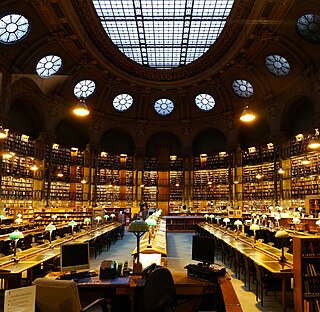
The Bibliothèque nationale de France is the national library of France, located in Paris on two main sites known respectively as Richelieu and François-Mitterrand. It is the national repository of all that is published in France. Some of its extensive collections, including books and manuscripts but also precious objects and artworks, are on display at the BnF Museum on the Richelieu site.

The New York Herald was a large-distribution newspaper based in New York City that existed between 1835 and 1924. At that point it was acquired by its smaller rival the New-York Tribune to form the New York Herald Tribune.
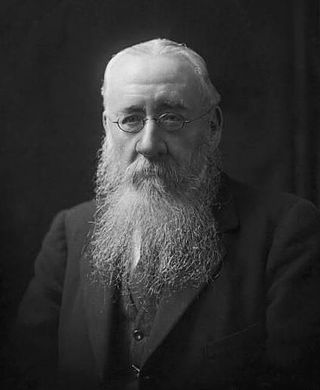
George Edward Bateman Saintsbury, FBA, was an English critic, literary historian, editor, teacher, and wine connoisseur. He is regarded as a highly influential critic of the late 19th and early 20th century.

Jean-Jacques Boissard was an antiquary and Neo-Latin poet.
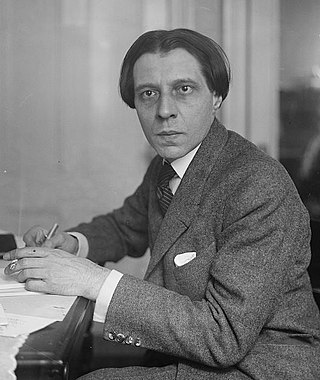
Alfred Denis Cortot was a French pianist, conductor, and teacher who was one of the most renowned classical musicians of the 20th century. A pianist of massive repertory, he was especially valued for his poetic insight into Romantic piano works, particularly those of Chopin, Franck, Saint-Saëns and Schumann. For Éditions Durand, he edited editions of almost all piano music by Chopin, Liszt and Schumann.

The Bibliotheca Alexandrina (BA) is a major library and cultural center on the shore of the Mediterranean Sea in Alexandria, Egypt. It is a commemoration of the Library of Alexandria, once one of the largest libraries worldwide, which was lost in antiquity. The idea of reviving the old library dates back to 1974 when a committee set up by Alexandria University selected a plot of land for its new library. Construction work began in 1995, and after some US$220 millions had been spent, the complex was officially inaugurated on 16 October 2002. In 2009, the library received a donation of 500,000 books from the Bibliothèque nationale de France (BnF). The gift makes the Bibliotheca Alexandrina the sixth-largest Francophone library in the world.

Jean Richepin was a French poet, novelist and dramatist.
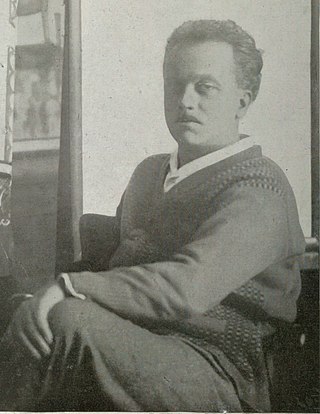
Raoul Dufy was a French painter associated with the Fauvist movement. He gained recognition for his vibrant and decorative style, which became popular in various forms such as ceramics and textile designs, and public building decorations. Dufy is most remembered for his artwork depicting outdoor social gatherings. In addition to painting, he was skilled in various other fields including drawing, printmaking, book illustration, scenic design, furniture design, and planning public spaces.
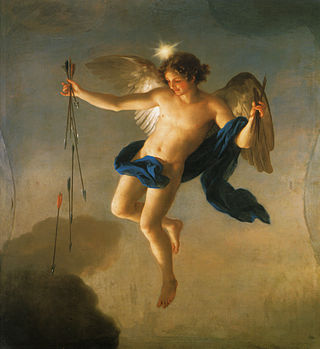
In Greek mythology, Hesperus is the Evening Star, the planet Venus in the evening. A son of the dawn goddess Eos, he is the half-brother of her other son, Phosphorus. Hesperus' Roman equivalent is Vesper. By one account, Hesperus' father was Cephalus, a mortal, while Phosphorus was the star god Astraios. Other sources, however, state that Hesperus was the brother of Atlas, and thus the son of Iapetus.

Abraham Simon Wolf Rosenbach was an American collector, scholar, and dealer in rare books and manuscripts. In London, where he frequently attended the auctions at Sotheby's, he was known as "The Terror of the Auction Room." In Paris, he was called "Le Napoléon des Livres". Many others referred to him as "Dr. R.", a "Robber Baron" and "the Greatest Bookdealer in the World".
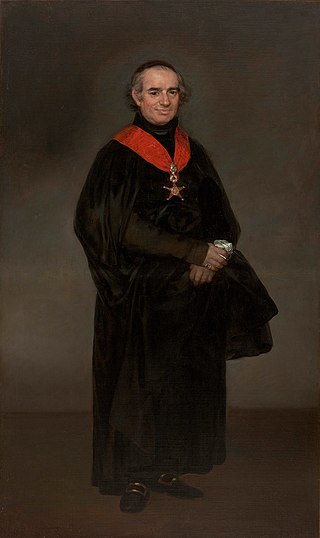
Juan Antonio Llorente, ORE was a Spanish historian.
The Digital Assets Repository is a system developed at the Bibliotheca Alexandrina (BA) by the International School of Information Science (ISIS) to create and maintain digital library collections and preserve them to future generations.
Rodulfus, or Raoul Glaber (985–1047), was an 11th-century Benedictine chronicler.

Matteo Ricci was an Italian Jesuit priest and one of the founding figures of the Jesuit China missions. He created the Kunyu Wanguo Quantu, a 1602 map of the world written in Chinese characters. In 2022, the Apostolic See declared its recognition of Ricci's heroic virtues, thereby bestowing upon him the honorific of Venerable.
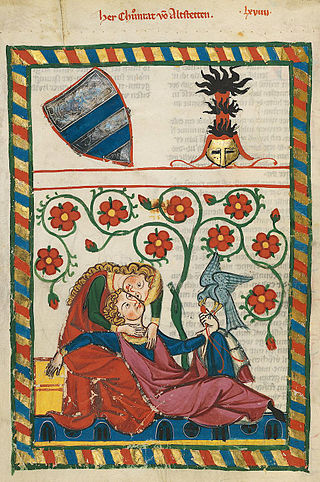
The Bibliotheca Palatina of Heidelberg was the most important library of the German Renaissance, numbering approximately 5,000 printed books and 3,524 manuscripts. The Bibliotheca was a prominent prize captured during the Thirty Years' War, taken as booty by Maximilian of Bavaria, and given to the Pope in a symbolic and political gesture. While some of the books and manuscripts are now held by the University of Heidelberg, the bulk of the original collection is now an integral part of the Bibliotheca Apostolica Vaticana at the Vatican.

Anthony Askew (1722–1774) was an English physician and is best known for having been a book collector. His collection was purchased by the British Museum and books purchased by George III of Great Britain were added to the King's Library.
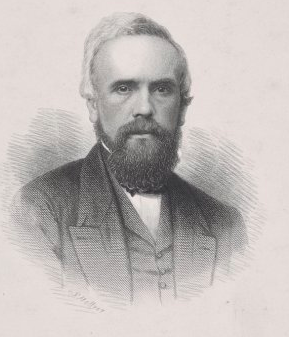
Joseph Sabin was a Braunston, England-born bibliographer and bookseller in Oxford, Philadelphia, and New York City. He compiled the "stupendous" multivolume Bibliotheca Americana: A Dictionary of Books Relating to America, considered a "bibliophilic monument;" and published the American Bibliopolist, a trade magazine. His sons Robert T. Sabin and William W. Sabin also worked in the bookselling business.
James Herman De Ricci was Attorney General of Fiji from 1875 to 1876. He is remembered, among other things, as the author of Fiji .

Charles Henry Truman, FSA, was an art historian and a leading authority on gold boxes.